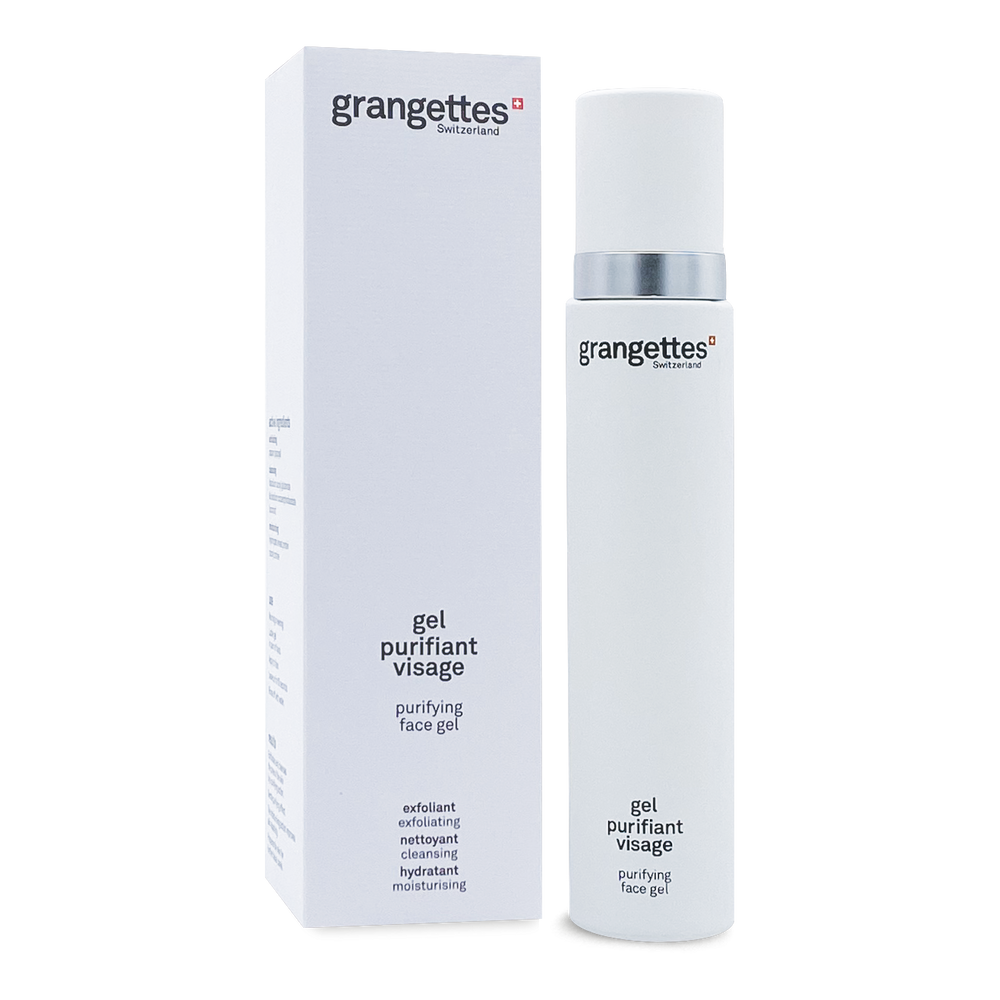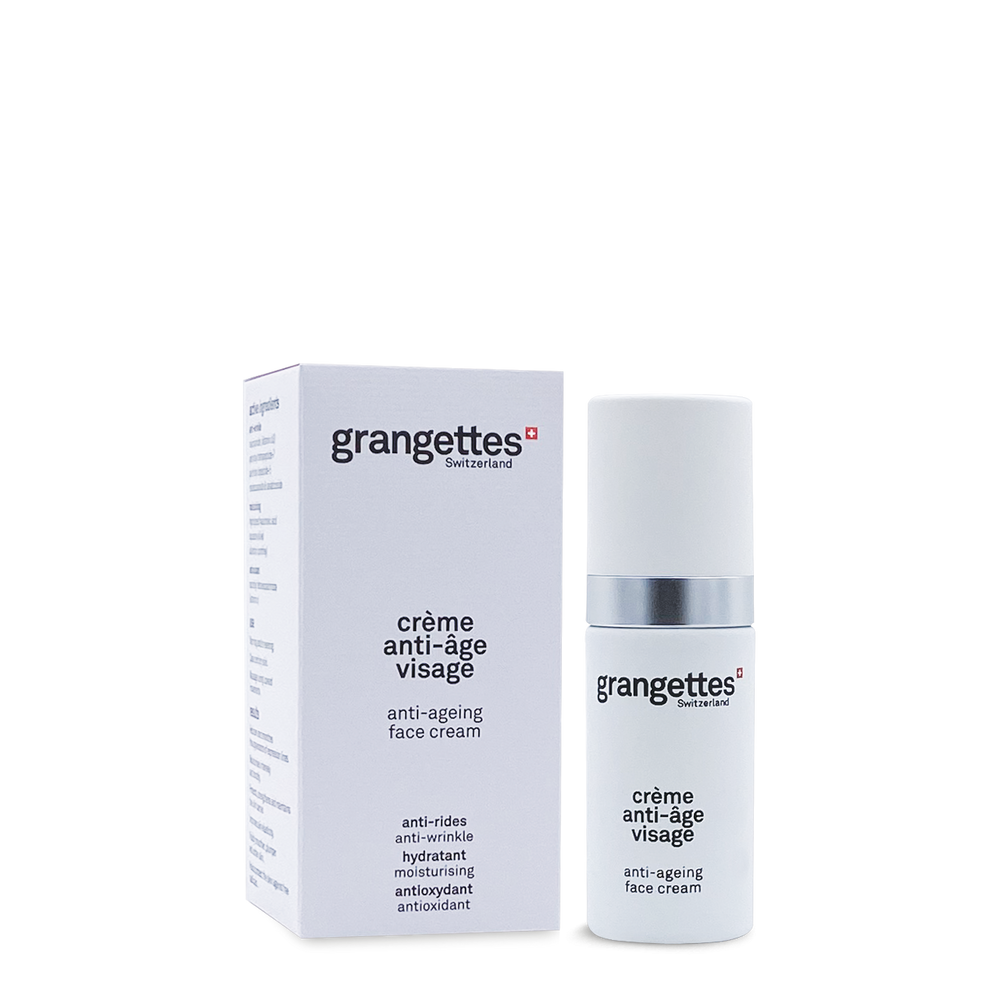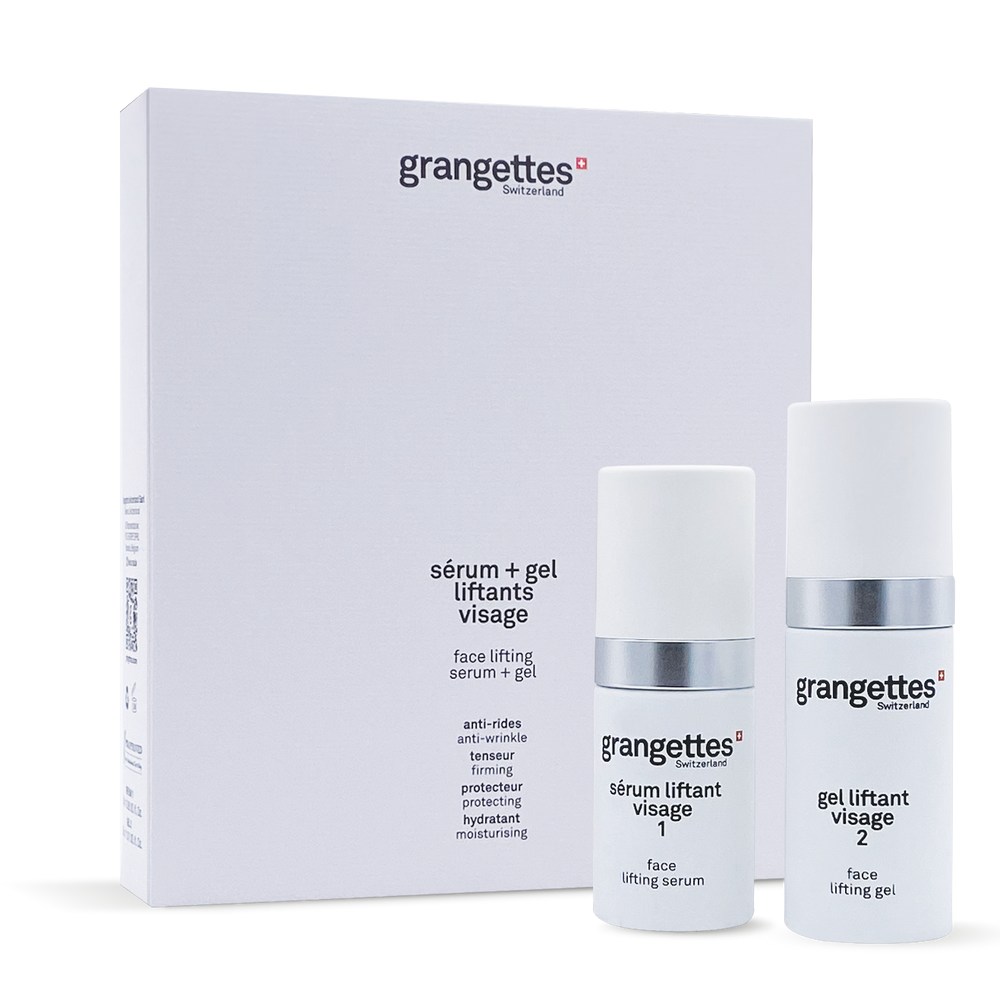What is a pigment spot?
A pigment spot is an area of the skin that has a different coloring: the concentration of pigment there is abnormally high or low. The pigments responsible for skin color are mainly melanin.
There are several types of pigment spots:
- Hyperpigmentation: the skin produces too much melanin here, which gives rise to brown spots, age spots (lentigo), freckles, a mask of pregnancy, or even melasma. These hyperpigmentation spots are caused by sun exposure , hormones, or aging, and are very common;
- Hypopigmentation:the skin produces too little melanin in certain areas. The spots are thus lighter than the rest of the skin, and can appear in particular because of vitiligo, albinism or certain scars.

Focus on the most frequently observed pigment spots
Melasma
Melasmaoften appears during pregnancy (this is called a mask of pregnancy) or in women who are taking oral contraception.
It is observed more frequently on dark skin.
People who spend a lot of time in thesunare at increased risk of melasma. Autoimmune thyroid diseases and medications that increase the skin's sensitivity to sunlight can also cause these pigment spots.
And the lentigo
lentigos are more commonly called age spots. They are most often due to repeated exposure to UV rays from the sun and generally appear around the age of 50.
With age and frequent exposure to the sun, the functions of melanocytes are disrupted, disrupting the production of melanin: sun spots appear in the most exposed areas, namely, thehands, face, shoulders , neckline, arms and back.
Freckles
Also called ephelides, freckles are small pigmented macules. They correspond to skin lesions and are caused by hyperpigmentation of the skin.
Melanocytes, which are the cells that produce skin pigment, produce melanin and form ochre, brown and sometimes orange spots. Freckles mainly develop on the cheeks, bridge of the nose, chin and forehead.
These freckles are particularly observed in people who have very fair skin and red or very blond hair. The phenomenon is accentuated during solar exposure.

Where do pigment spots appear?
Most of the time,pigment spotsappear on the face, neckline, back of the hands, arms, shoulders, or even the upper back.
What are the causes of pigment spots?
pigment spots, such as lentigo and melasma, appear mainly due to exposure to the sun's rays, natural aging of the skin, or even hormonal fluctuations (especially during pregnancy). ).
Skin inflammations, such as acne, can also be the cause of these spots. Finally,geneticfactors can explain the appearance of this skin problem.
3 tips to prevent the appearance of pigment spots
It is possible toprevent the appearance of pigment spotson the skin, by protecting it correctly. Here are some good actions to adopt:
- Protect your skin from the sun: The main cause of hyperpigmentation, sun exposure should be avoided, especially between 12 p.m. and 4 p.m. Use sunscreen every day, even on cloudy days, because UV rays pass through clouds;
- Hydrate your skin : Hydrating the body helps you prevent hyperpigmentation. Hydrated, the skin is more resistant to damage related to time;
- Avoid skin trauma: Skin irritations or acne can cause post-inflammatory hyperpigmentation. Never scratch your pimples, otherwise you risk seeing scars.

4 solutions to reduce pigment spots
Anti-stain creams
To fight against pigment spots, it is possible to use anti-spot creams, called depigmenting creams. They can be prescribed by a dermatologist, and are composed of exfoliating and depigmenting active ingredients.
These creams act on the superficial layers of the dermis, and will help repair damage caused by UV rays.
Although these creams do not completely remove stains, they do help to fade them. They should not be used for more than two months in a row, and are contraindicated in the event of pregnancy.
L'exfoliation
Exfoliating the skin is the essential action in case of pigment spots. This gesture activates cellular regeneration and eliminates dead cells and other accumulated impurities. It also allows better penetration of depigmenting active ingredients.
The Grangettes Switzerland purifying gel is a treatment that has a gentle peeling effect. It cleanses, exfoliates and hydrates the skin, for a radiant and fresh face!
- Regular price
- 41,35 €
- Regular price
- Sale price
- 41,35 €
- Unit price
- per
Peeling at the dermatologist
To fight against brown spots, it is also possible to carry out a peeling with a dermatologist. This medical aesthetic technique allows the skin to be regenerated in depth, by eliminating dead cells on the upper layers of the epidermis.
You thus restart the synthesis of collagen and elastin, stimulating the production of new cells.
A hydrating beauty routine
Hydration helps prevent the appearance of pigment spots. So be sure to adopt a beauty routine that takes care to deeply hydrate your skin:
- Grangettes anti-aging face cream : here, hydration is at the heart of the formulation. Hyaluronic acid hydrolyzed, olive-derived squalane and Allantoin act in synergy to deliver intense and long-lasting hydration;
- Grangettes Lifting Serum + Gel intensely and deeply hydrates the skin. Panthenol (provitamin B5) and beta ï ne (beetroot) are designed to nourish skin cells;
- Grangettes regenerating body lotion contains micro-fragmented hyaluronic acid which is sure to make a remarkable difference to your skincare routine. This formula maintains the structure of the skin and regulates its hydration.
- Regular price
- 42,50 €
- Regular price
- Sale price
- 42,50 €
- Unit price
- per
- Regular price
- 85,00 €
- Regular price
- Sale price
- 85,00 €
- Unit price
- per
- Regular price
- 40,20 €
- Regular price
- Sale price
- 40,20 €
- Unit price
- per
Ready to fade your dark spots?








